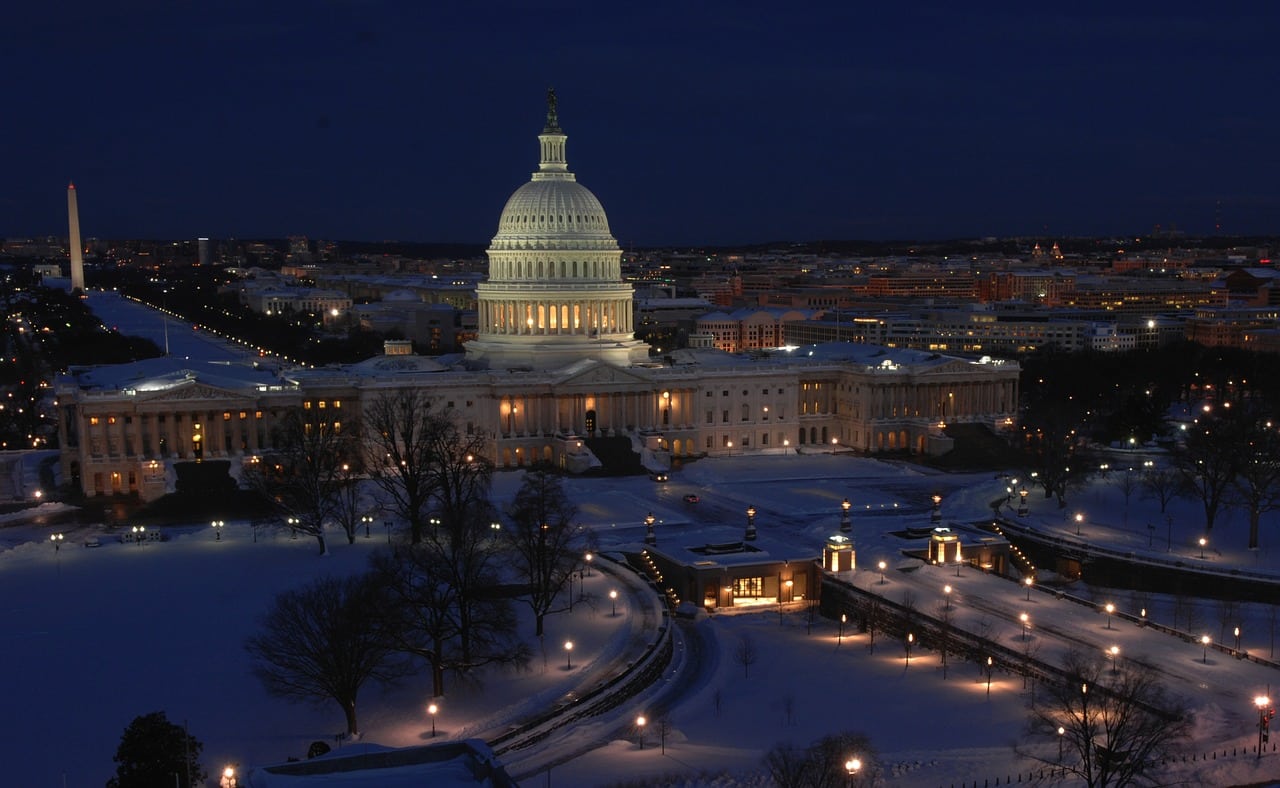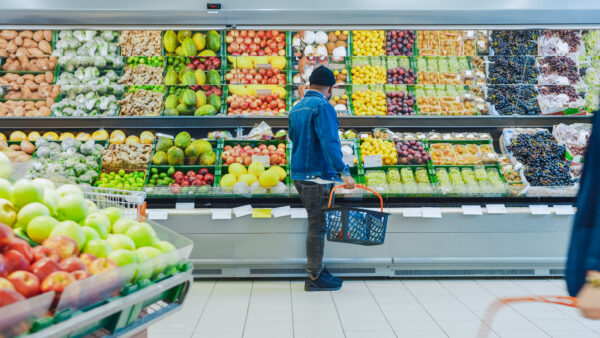Tariffs have become one of the most debated weapons in the global trade arsenal. But are they as impactful as headlines suggest? According to Errol Anderson, a seasoned market analyst and author of Errol’s Commodity Wire, the real story lies beneath the surface.
“When Trump announced the tariffs, markets immediately reacted. On that Sunday night, the stock market rolled over, Bitcoin went into a near-collapse, and some cryptocurrencies dropped as much as 30%. Yet, by Monday morning, tensions eased, and markets rebounded, with a 30-day reprieve on the table. This just shows how much of this tariff threat is theatre,” he says.
“Everything in the media is saying we’re going to absolutely tank over these tariffs, right? But nothing could be further from the truth. In the trade world, what comes around goes around. Global economics is a zero-sum game, and nobody has an advantage anymore. The U.S. no longer holds the upper hand, even if the media tries to say otherwise. They don’t.”
The Smokescreen of Trade Wars
Anderson, who spoke at this week’s annual meeting of the Alberta-British Columbia Seed Growers, believes the real issue isn’t tariffs themselves but the resources at stake. “The border? That’s just the distraction,” he explains. “The bigger prize is control of resources. The U.S. wants leverage, but in the world of trade wars, nobody truly wins.”
The interconnected nature of global markets ensures that any tariffs imposed on one country ripple across supply chains worldwide. Anderson points to China’s swift retaliation to Trump’s tariff threats. “China slapped a tariff on crude oil, coal, and similar tariffs on farm machinery. They’re not going to sit back. And let’s not forget, China accounts for a huge portion of the world’s global demand,” he notes.
A New Era in Global Power Dynamics
One of the key shifts Anderson highlights is the waning dominance of the U.S. in global markets. “When I started my career, it was all about Kansas wheat. Today, it’s about Russia. They’ve taken control of the wheat market. Power has shifted,” he says.
Anderson also points out China’s current economic challenges. “Their real estate market is down by 80% in some areas. They’re in a depression. But even so, they’re a critical player in commodities, and we can’t ignore their influence.”
Markets React, Then Recalibrate
Despite the dire predictions in the media, Anderson remains skeptical of the long-term impact of tariffs. “The media loves to say tariffs will tank markets, but that’s far from the truth. Can wheat prices go up? You betcha. Can canola prices rise, even with tariffs into California? Absolutely. Markets adjust,” he asserts.
He emphasizes the importance of demand over supply. “It’s not about how much wheat we have; it’s about who’s buying it. Demand drives markets, not supply. That’s why I don’t get too caught up in reports about Canadian supplies. The question is, where’s the buyer?”
Anderson also highlights how central banks play a role in shaping market reactions to tariffs. “Central banks use to print money and keep the markets going, but that power is fading. Now, it’s all about managing expectations. They won’t let the stock market drop, but the diminishing returns of printing money are becoming clear,” he says.
A Wild Card: Geopolitical Tensions
Geopolitical events remain a significant wild card in this equation. “The Gaza Strip, Ukraine, and other global tensions can drive up prices temporarily, but those rallies won’t hold,” Anderson explains. “The market is emotional, but once things settle, prices come back down.”
Anderson also sees opportunity amid the turbulence. “The U.S. dollar has been too strong for too long, hurting exports. But we’re at a tipping point. As the U.S. dollar breaks, currencies like the Indian rupee, Brazilian real, and Canadian dollar will rise. That’s where the opportunity lies,” he says.
As the world navigates the complexities of tariffs, Anderson encourages a broader perspective. “Tariff threats come and go, but markets adapt. What we need to focus on is the bigger picture: demand, geopolitical shifts, and the evolving dynamics of global trade. Tariffs may grab headlines, but they’re not the full story.”
In Anderson’s view, the Trump tariff threats are less about economic policy and more about posturing. “This is about leverage, plain and simple,” he adds. “But markets are resilient. They’ll find a way, no matter what headlines say.”












